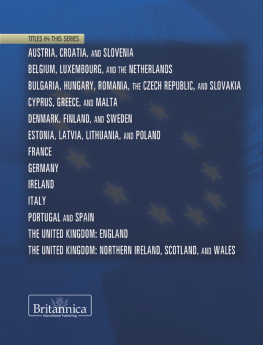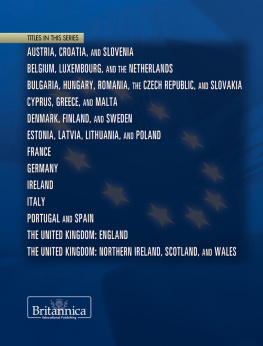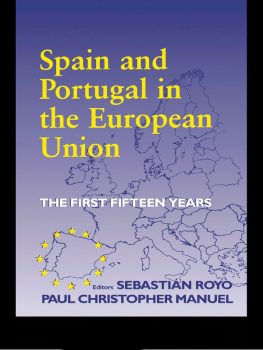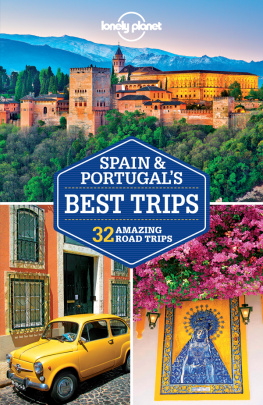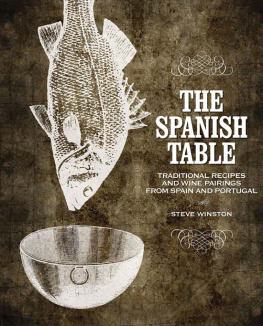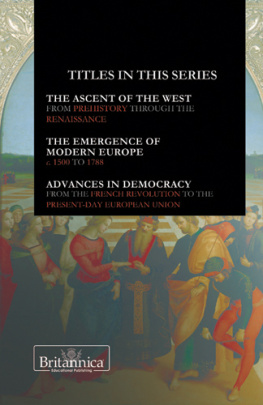

Published in 2014 by Britannica Educational Publishing
(a trademark of Encyclopdia Britannica, Inc.)
in association with Rosen Educational Services, LLC
29 East 21st Street, New York, NY 10010.
Copyright 2014 Encyclopdia Britannica, Inc. Britannica, Encyclopdia Britannica, and the Thistle logo are registered trademarks of Encyclopdia Britannica, Inc. All rights reserved.
Rosen Educational Services materials copyright 2014 Rosen Educational Services, LLC.
All rights reserved.
Distributed exclusively by Rosen Educational Services.
For a listing of additional Britannica Educational Publishing titles, call toll free (800) 237-9932.
First Edition
Britannica Educational Publishing
J.E. Luebering: Director, Core Reference Group
Adam Augustyn: Assistant Manager, Core Reference Group
Marilyn L. Barton: Senior Coordinator, Production Control
Steven Bosco: Director, Editorial Technologies
Lisa S. Braucher: Senior Producer and Data Editor
Yvette Charboneau: Senior Copy Editor
Kathy Nakamura: Manager, Media Acquisition
Michael Ray, Assistant Editor, Geography
Rosen Educational Services
Jeanne Nagle: Senior Editor
Nelson S: Art Director
Cindy Reiman: Photography Manager
Brian Garvey: Designer, Cover Design
Introduction by Richard Barrington
Library of Congress Cataloging-in-Publication Data
Portugal and Spain/edited by Michael Ray.
pages cm.(The Britannica guide to countries of the European Union)
In association with Britannica Educational Publishing, Rosen Educational Services.
Includes bibliographical references and index.
ISBN 978-1-61530-993-1 (eBook)
1. PortugalJuvenile literature. 2. SpainJuvenile literature. 3. European Union
PortugalJuvenile literature. 4. European UnionSpainJuvenile literture. I. Ray, Michael (Michael J.), 1973 editor.
DP517.P628
946dc23
2013011119
Manufactured in the United States of America
On the cover: The faade of one of two skyscrapers that form the Kio Towers, known as the Gate of Europe, in Madrid, Spain. (Lower left) A portion of a monument to Spanish politician Jos Calvo Sotelo, whose murder in 1936 led to the start of the Spanish Civil War. Jernimo Alba/age fotostock/Getty Images (tower), Hisham Ibrahim/Photographers Choice/Getty Images (monument)
Cover, p. iii (map contour, stars), back cover, multiple interior pages (stars) iStockphoto.com/pop_jop; cover, multiple interior pages (background graphic) Mina De La O/Digital Vision/Getty Images
CONTENTS
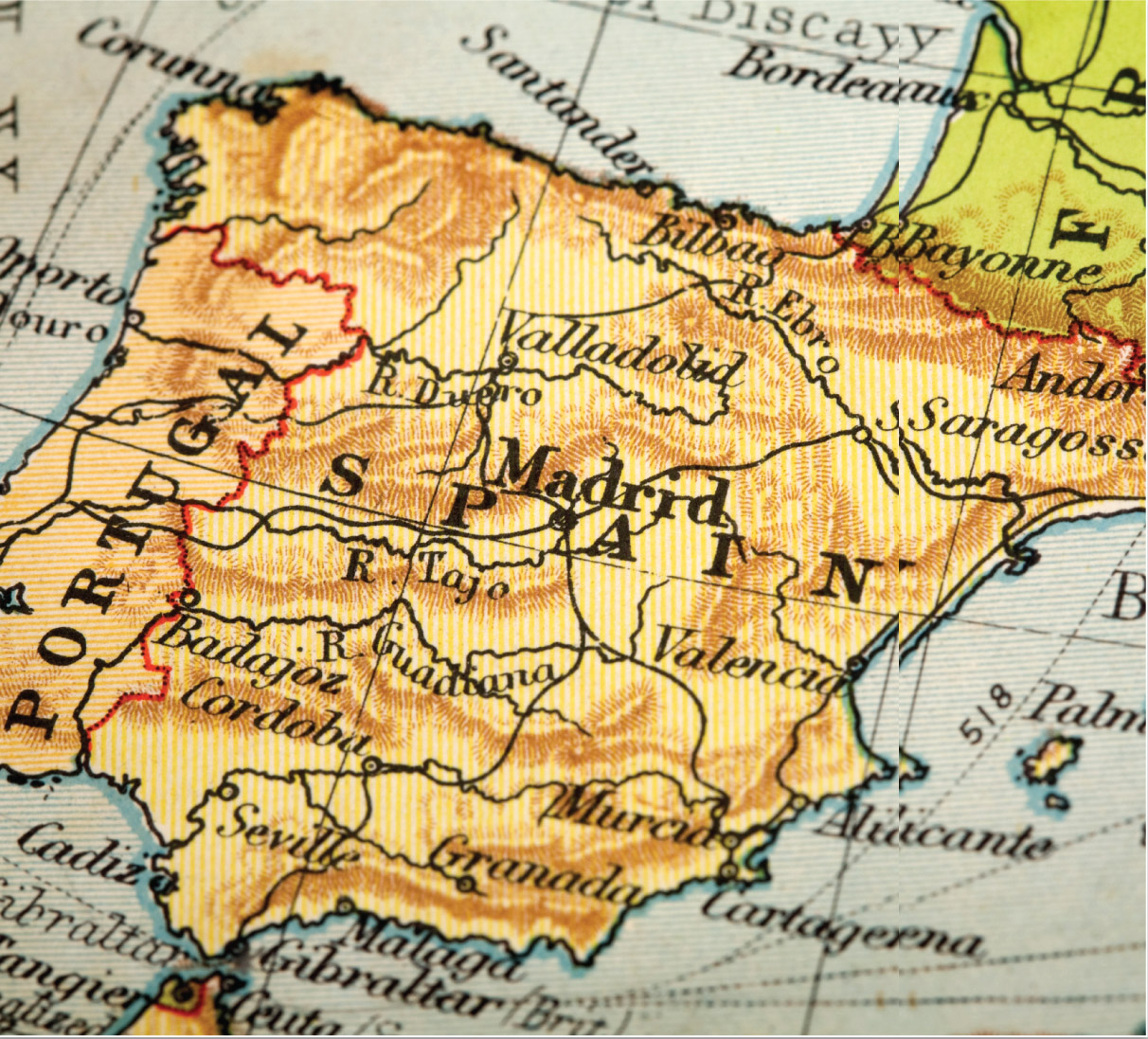
Map featuring Portugal and Spain. Nicholas Belton/E+/Getty Images
G iven the location of neighbouring Portugal and Spain, and the noteworthy seafaring traditions of both, it is easy to see how these countries have been able to exert great influence over the world at large. Nestled on the Iberian Peninsula, at the southwestern edge of the European continent, Portugal and Spain were in a unique position to explore new lands. Adventurers from the peninsula set sail southward to Africa and west to the Americas, spreading the culture of their respective homelands along the way through colonization and territorial claims.
This book offers a twofold study of each country. In-depth analysis of the state of Portugal and Spain today details the language, traditions, and cultures of each nationelements shared by hundreds of millions of people the world over in countries that have been touched by Iberian exploration and conquest through the ages. Additionally, comprehensive Portuguese and Spanish histories reveal how such widespread influence came about in the first place.
Portugal is the smaller of the two nations, but it is strategically well-positioned, taking up most of the western coast of the Iberian Peninsula. Its geography and climate encompass both northern European and Mediterranean elements, with cold, mountainous country dominating the north and interior of Portugal, while the south is made up of warm plains and coastal regions.
Despite the diverse landscape, the countrys population is homogeneous: almost 90 percent of the people are Roman Catholic, and virtually all speak Portuguese as their first languagewhich, while similar to Spanish, is a distinct language that has evolved differently from the language of Portugal's Iberian neighbours.
As is the case with other countries of the European Union, Portugal has experienced periods of economic instability through the centuries. Some of its more recent growing pains can be better understood by considering that the country only emerged from authoritarian rule in the mid-1970s, and spent much of the next two decades establishing democratic and free-market institutions. Meanwhile, the Portuguese population has been experiencing another important transition, away from living in rural areas and toward a more urban lifestyle.
These recent challenges are just the latest episodes in a history rife with changing fortunes. In its earliest years, Portugal was the target of a series of foreign settlements and invasions. By the time the Romans gained control in the second century BCE, Celtic, Phoenician, and Carthaginian settlers had already established a foothold in the region. The Romans, in turn, were followed by Germanic and Muslim invaders. Subsequently, from the 10th century through the late 14th century, control of Portugal changed hands among a variety of competing local factions. During this period, however, a national identity and some semblance of a royal succession began to emerge, coalescing into the house of Aviz. Under this dynasty, which ruled in Portugal beginning in 1383, the countrys independence from foreign rulers was secure, and its leadership stabilized.
From then on, Portugal looked to extend its reach outward to new lands. A central figure during this period of exploration was a Portuguese prince, Henry the Navigator. In the 15th century, Henry encouraged the study of navigation and increasingly ambitious missions of exploration. In time, those explorations would turn to conquest and empire-building. These exploits saw Portugal establish control of key trading routes and outposts in Africa, Asia, and South America.
The rule of the house of Aviz came to an end in 1580, when Portugal was occupied by Philip II of Spain. There followed 60 years of union with Spain under Philip and two successors, but this situation came to an abrupt end in 1640. With assistance from France (a nemesis of Spains at the time), Portugal built a strong independence movement that drove out the Spaniards and installed a Portuguese duke, John IV, as king.
The 18th century saw Portugal profit greatly from the mining of precious metals and diamonds in Brazil, as well as from trade with England. Close ties with England were to play an even bigger role in the early 19th century, when the British were instrumental in repelling a series of invasions of Portugal by Napoleon. These invasions left the Portuguese monarchy in a weakened condition, and the royal family was forced to spend more than a decade in exile in Brazil. Portugals economic conditions steadily worsened, and in 1910 the monarchy was overthrown in favor of a republic that proved to be highly unstable. After a turbulent period of rapidly changing governments, a military coup took control of the country in 1926. Portugal became a dictatorship until 1974, when another military coup overthrew the existing government. What followed was a brief chaotic political period that included flirtations with socialism and communism as the country divested itself of the remnants of its colonial empire. Gradually, Portugal evolved toward an increasingly democratic form of government.







